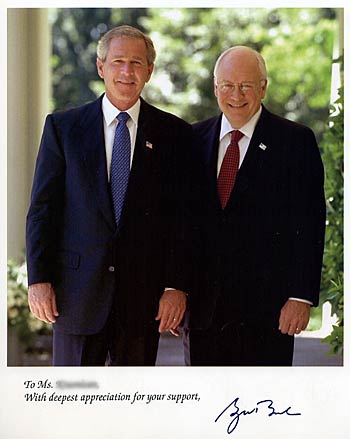Source: http://www.statehousereport.com/2018/07/06/demint-s-c-needs-coherent-vision-for-future/
July 6, 2018

Former U.S. Sen. Jim DeMint at a 2017 meeting.
By Jim DeMint, republished with permission | It’s no secret. South Carolina is bursting with promise. Our breathtaking natural beauty, low cost of living, friendly culture and hard-working people have led to rapid growth in recent years.
But even as we celebrate all that’s good about our state, we must also acknowledge that we face daunting barriers to opportunity that hold our people back from reaching their full potential.
Opportunity is squandered every day as our state government, mired in inertia, incompetence (and sometimes outright corruption) staggers from one crisis to the next. Sadly, the diffuse accountability of our legislatively-dominated system is a barrier to creating a coherent vision for the future.
For example, what is the plan to improve education? Lower taxes? Fix roads? There is none.
Our outdated education system leaves far too many children without the skills they need to succeed in life. Our uncompetitive tax code “necessitates” huge giveaways to attract out of state companies and sticks homegrown businesses with the bill. Despite a massive gas tax hike, our crumbling infrastructure still has no transparent, prioritized strategic plan.
And then there’s the $9 billion V.C. Summer nuclear boondoggle, a vivid example of Columbia’s gaping public policy vacuum. In the absence of credible, independent analysis, part-time legislators with few staff are left to rely on information from cronies and insiders who write legislation that benefits their bottom line…and leave the rest of us picking up the tab.
But as a proud South Carolinian, “While I breathe, I hope.” In each of these challenges, I see tremendous opportunity for us to unite to overcome our challenges and lead a national opportunity revolution.
It starts with bold, proven ideas. We can’t just elect good people and send them into battle armed with nothing but good intentions. We need powerful “idea engines” to map out real solutions, crunch data, learn from other states, convene the right allies and craft the right messages to move reform forward.
Enter Palmetto Promise Institute’s Freedom Agenda, a roadmap to fairness and opportunity for every citizen in our state:
 Education Freedom means parent-controlled innovations like Education Scholarship Accounts that enable students to completely customize a K-12 education experience that meets their unique needs. It also means fixing South Carolina’s broken funding formula to get dollars out of programs and bureaucracies and down into classrooms to support teachers and students.
Education Freedom means parent-controlled innovations like Education Scholarship Accounts that enable students to completely customize a K-12 education experience that meets their unique needs. It also means fixing South Carolina’s broken funding formula to get dollars out of programs and bureaucracies and down into classrooms to support teachers and students.
Tax Freedom entails fundamentally reforming our unfair, unstable and uncompetitive tax code by following the tried and true pro-growth principles of a broad base and lower rates. Our neighbors in North Carolina have already done just that and are reaping the benefits. With the highest marginal individual income tax rate in the Southeast, South Carolina simply can’t afford to get left behind.
Energy Freedom starts with cleaning up the V.C. Summer mess by putting South Carolina on a path to get out of the failed, state-owned energy business and allowing for more energy choice like our neighbors in Georgia enjoy.
Healthcare Freedom protects growing innovations like Direct Primary Care that provide transparency in pricing and put doctors and patients – not insurance companies – back in charge of health care decisions. It also means continuing to push Washington away from one-size-fits-all regulation of our insurance market. With Medicaid growth unchecked and crowding out other budget priorities, we must seek new ways to reform this broken program to both rein in costs and better serve the truly vulnerable.
Each of these ideas draws from the practical experience of states across the country, while harnessing independent, data-driven research to customize them to the unique needs of South Carolina. Each of these solutions is grounded in the principles of freedom and opportunity which have been the lifeblood of American greatness. And each of these reforms stand up for the little guy or gal being crushed under the weight of our broken state government.
During my time in Washington I quickly learned that old ways of doing business die hard. But as we proved in the successful fight to eliminate earmarks, change is possible. Even in this age of negativity and division, I believe strong, principled leaders can unite people to move a bold, positive Freedom Agenda forward.
Our battle cry: give us a Palmetto State that is free and fair, where every individual has an opportunity to reach their full, God-given potential. That’s the only path to a happier, healthier, more prosperous South Carolina.
Former U.S. Sen. Jim DeMint, R-S.C., is the founding chairman of Palmetto Promise Institute.






































